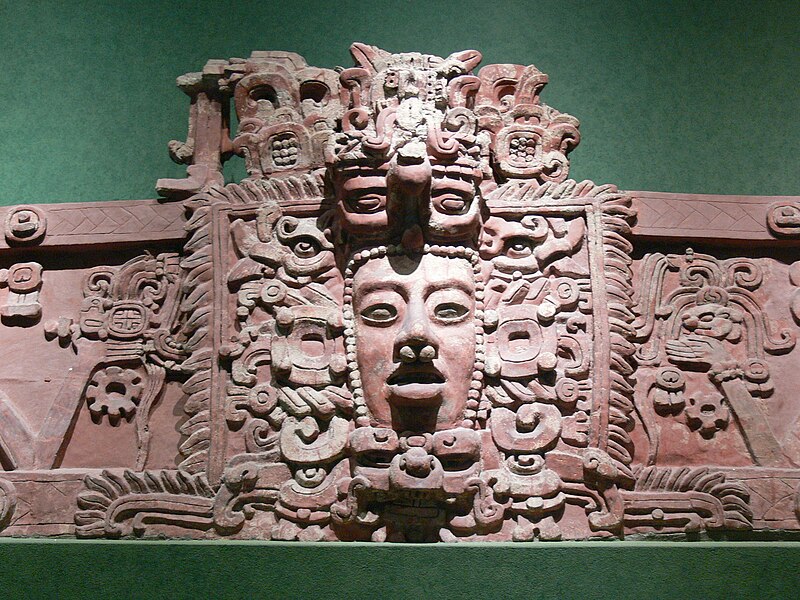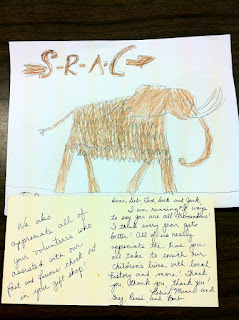Shifts in exchange patterns provide a new perspective on the fall of inland Maya centers in Mesoamerica approximately 1,000 years ago. This major historical process, sometimes referred to as the "Maya collapse" has puzzled archaeologists, history buffs, and the news media for decades. The new research was published online today in the journal Antiquity.
"Our research strongly suggests that changing patterns of trade were instrumental in prompting the 'Maya collapse,'" said Gary Feinman, curator of anthropology at The Field Museum, which collaborated with the University of Illinois at Chicago on the study.
The new research casts doubt on the idea that climate change was the sole or principal cause, Feinman said, noting that some Maya centers, which flourished after the collapse, were located in the driest parts of the Maya region. Feinman said that climate change, along with breakdowns in leadership, warfare, and other factors, contributed to the collapse, but the shifting exchange networks may have been a key factor.
For the Maya, who did not have metal tools, obsidian (or volcanic glass) was highly valued because of its sharp edges for use as cutting instruments. Maya lords and other elites derived power from controlling access to obsidian, which could be traded for important goods or sent as gifts to foster important relationships with other Mayan leaders.
The Field Museum researchers found that prior to the fall of the Maya inland centers, obsidian tended to flow along inland riverine networks. But over time, this material began to be transported through coastal trade networks instead, with a corresponding increase in coastal centers' prominence as inland centers declined.
The shift in trade might have involved more than obsidian. Field researcher Mark Golitko said, "The implication is that other valuable goods important to these inland centers were also slowly being cut off." Golitko led the Social Network Analysis that graphically depicts the change in trade patterns.
Researchers compiled information on obsidian collected at Maya sites, and used chemical analysis to identify the source(s) that produced obsidian found through archaeological studies at each location. Obsidian from three sources in Guatemala and several sources in central Mexico and Honduras were identified. The researchers generated data for each of four time periods: Classic (approximately 250-800 AD),
Terminal classic (approximately 800-1050 AD), Early Postclassic (approximately 1050-1300 AD), and Late Postclassic (approximately 1300-1520AD). Using Social Network Analysis (SNA) software, the researchers developed maps illustrating which sites had the same or similar percentages of each type of obsidian, in each of the four time periods. These percentages were then utilized to infer the likely network structure through which obsidian was transported
A comparison of the resulting SNA maps show that Classic period networks were located in inland, lowland areas along rivers, mostly in what is today the northern part of Guatemala, the Mexican state of Chiapas, the southern Yucatan, and western Belize. However, maps bearing data from later time periods show that inland networks diminished in importance and coastal networks were thriving, in what today is the northern Yucatan and coastal Belize.
The SNA data "is a very visual way to let us infer the general layout of the networks that transported obsidian, and the likely paths it took," Golitko said.
Feinman termed the study results significant. "The use of SNA to display and analyze the obsidian data graphically gives us a new perspective on these data, some of which has been present for years."
The study did not explore the question of why the transport networks began to shift. Feinman said there may have been military animosities that made the inland, river routes less safe or easy to use, and added that during this period the seagoing transport may have become more efficient with larger canoes. He noted that scientists simply don't have the definitive answers to some of these questions.
Does this study provide lessons for modern-day civilizations? Not directly, Golitko said. However, he believes it does suggest that major impacts follow when large-scale social and economic networks or communication channels break down. The consequences of the breakdown of obsidian supply to parts of the Maya region, he said, is a lesson for the increasingly connected world in which we live today.
###
The Field Museum gratefully acknowledges the National Science Foundation for its generous support to this research project.
Article Source: Eurekalert.com
Research Source:
Contact: Nancy O'Shea
noshea@fieldmuseum.org
312-665-7103
Field Museum
.JPG)


























.JPG)